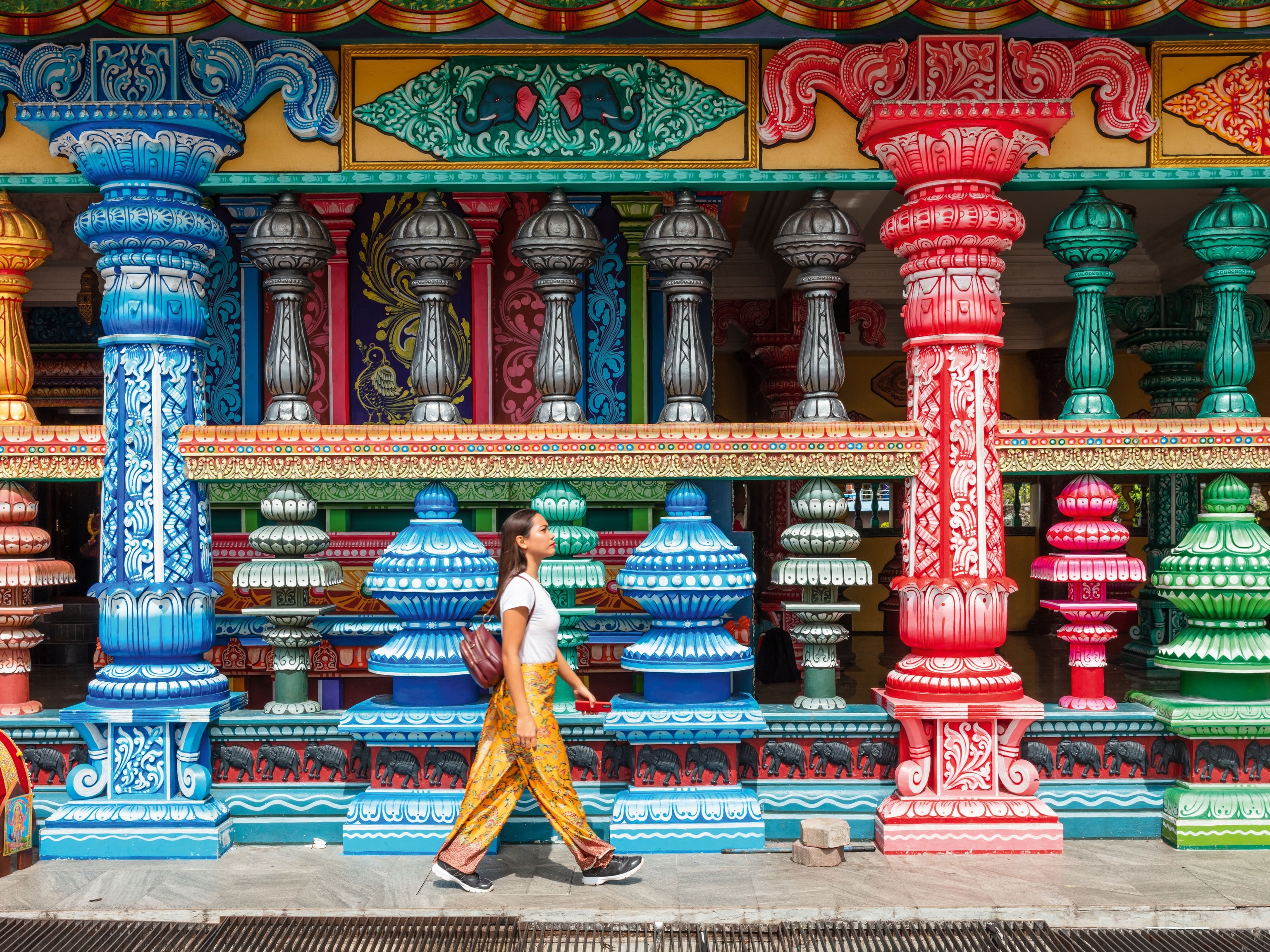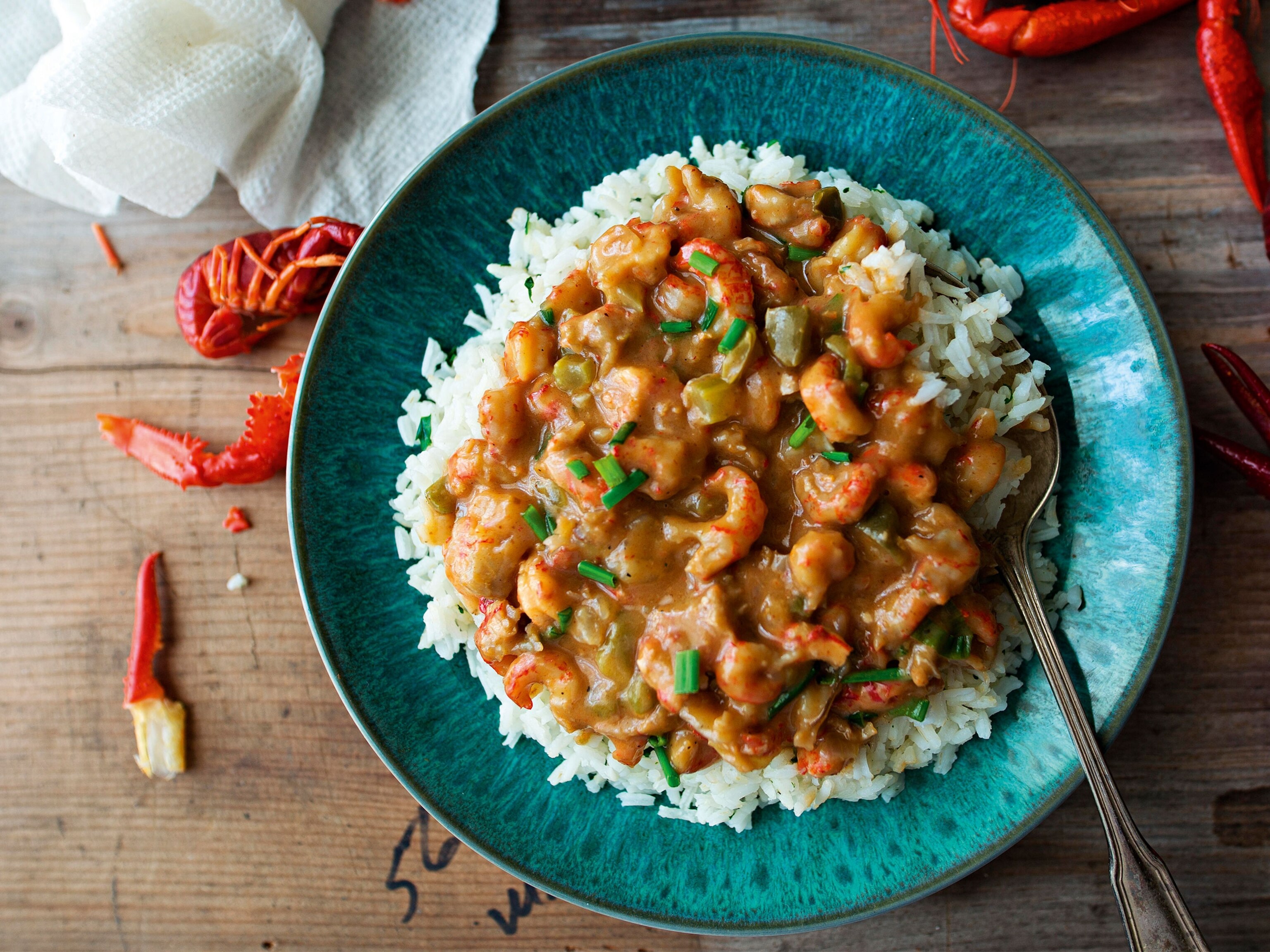
Made in Adelaide
The sun-kissed capital of South Australia quietly has reinvented itself as a cosmopolitan crossroads that punches way above its weight.
“Sassy,” “exciting”—you won’t hear either of those words used to describe Adelaide, at least not by anyone who lives here, in the capital of the state of South Australia. Its 1.3 million residents have always considered their home a wallflower compared with its eastern neighbors, scenic Sydney and urbane Melbourne. One word you will hear, however, is “lifestyle.” Adelaide is a relaxed place, with a Mediterranean-like climate, miles of beaches, and wine-producing hills; you can go from sea to vineyards in under 50 minutes. People here aren’t slaves to work schedules, traffic snarls, or parking frustrations.
The center is easy to explore, thanks to its grid of roads and ring of parklands. Start on North Terrace, a boulevard lined with Victorian-era residences and museums that offer a hit of culture, from the Art Gallery of South Australia (1900) to the Southern Australian Museum (1861) and the state Library of South Australia (1884), all free. Also here: the sublime Adelaide Botanic Gardens (1857), with its award-winning Bicentennial Conservatory—focused on at-risk or endangered tropical plants—and glass-walled Palm House.

You’ll find a counterpoint to Adelaide’s historical sites in the adjacent Riverbank Precinct, which is reinventing itself with a multimillion-dollar program. At its heart lies the updated Adelaide Oval, the city’s hallowed cricket ground. A recent redevelopment transformed the site into a multipurpose stadium that now also hosts South Australia’s other great sporting passion, Australian Rules Football. The effect of the renovation on the area has been instantaneous, energizing the adjacent Central Business District and kick-starting a bar and restaurant scene in hitherto ho-hum streetscapes.
Elsewhere, visitors can wander around lively Central Market, for decades the place to visit for breads, produce, cheeses, and other foodstuffs, then disappear into “eat streets” for laid-back meals at sidewalk cafés made for people-watching.
FOOD, GLORIOUS FOOD
In the 1970s, most of South Australia’s abundant seafood and prime meats were being exported. But a crop of cooks from Asia and southern Europe embraced indigenous ingredients, launching a modern Australian “fusion” movement. For sheer around-the-world-in-80-plates variety, stroll lively Gouger and Rundle Streets. Along Gouger, Saturday morning is all about yum cha—Chinese tea and dim sum—in various Chinese eateries. Rundle Street is home to the excellent Restaurant Orana, which does contemporary “bush” foods, such as mud crab and kangaroo tartare. Nearby Leigh and Peel Streets have blossomed with cafés and wine bars. On Peel, try Bread & Bone Wood Grill for innovative burger combinations and exceptional soft-shell crab patties, and check out the great little bar in the basement. At Rigoni’s Bistro, a Leigh Street institution, it’s Italian food, from seafood risotto to mushroom gnocchi.
Head beyond the city center and you’ll discover more fine wining and dining options. Hill of Grace Restaurant, in the Audi Stadium Club overlooking the cricket pitch in the Adelaide Oval, serves renowned Henschke wines, including its local Shiraz. At Penfolds Magill Estate Restaurant, next to the Magill Estate Vineyard on Adelaide’s eastern outskirts, you can sample partridge, crab, and other specialties with a glass of peerless Penfolds Grange red—and city views to match.

FESTIVAL SPIRIT
Adelaide is home to a rich mix of arts, music, and sports events, especially in the summer weeks from mid-February into March. Many fall under the umbrella of the Adelaide Festival (to be held February 26-March 14, 2016), the largest annual arts showcase in the Southern Hemisphere, which takes place around Victoria Square and other city “hubs.” Main events include the Adelaide Fringe (February 12-March 14, 2016), which is second in size only to the original Edinburgh Fringe and an open invitation to all manner of theatrical lunacy; and the Adelaide Writers’ Week (February 27-March 3), which draws top names from around the world to share words, wisdom, and wit in a parkland setting.
Other crowd-pleasers include the world music and dance festival WOMADelaide, held in Botanic Park March 11-14, and Clipsal 500, an annual February car-racing event. Despite much grumbling at having city streets given over to howling V-8s cheered by 270,000 spectators, this extravaganza offers a counterpoint to all the highbrow Adelaide festival stuff.
PARTY PEOPLE
Alcohol is a cornerstone of Adelaide life, with many street corners boasting a pub. Try longtime area star Austral, on Rundle Street, for Cooper’s Vintage on tap (paired with burgers), and the Lion Hotel, in leafy north Adelaide, for everything from locally crafted Hills hard cider to “classic fizz cocktails.”
The big news in Adelaide, however, is the rise of the small bar. Following a change in liquor laws in 2013, Adelaide has seen dozens of inventive enterprises pop up. For a sampler, head to Peel and Leigh Streets, where you can imbibe into the wee hours at Clever Little Tailor (a “quality liquor bar,” with clothing tags appended to the menus), Spanish-accented Udaberri, and Casablabla, a cocktail lounge that offers weekly Latin-dance tutorials. Also enjoying buzz: The Apothecary 1878, on nearby Hindley Street, which is fashioned from an old-time pharmacy.

Bars and pubs have always been integral to Adelaide’s music scene; the band AC/DC has roots here. For emerging bands, pop by the much loved Wheatsheaf Hotel, in the suburb of Thebarton; Edinburgh Castle Hotel, on Currie Street; and the Gov, on Port Road. The 1970s never left Four Doors Plus One, on Hindley Street, a longtime pleasure strip serving up a mix of the good, the bad, and the ugly, especially on weekends.
Adelaide’s location in one of Australia’s traditional wine regions—the Barossa Valley lies just an hour’s drive to the northeast—means many Adelaideans know their vintages. To see what the fuss is about, wander to the far end of Rundle Street, where you’ll find the artsy bar/restaurant Street ADL, leather-upholstered Botanic Bar, wine bar Mother Vine (backed by senior players in the local wine industry), and the tasting room in the popular East End Cellars complex, which serves wine, cheeses, and sandwiches. Of course, you also can go straight to the source. The Adelaide Hills region is home to some 40 “cellar doors” (tasting rooms at vineyards), including Lane Vineyard, Nepenthe, Shaw + Smith, and Hahndorf Hill Winery, the last a knot of commendable vintners in the gentle hills behind the German-flavored village of Hahndorf.
You May Also Like
Go Further
Animals
- Soy, skim … spider. Are any of these technically milk?Soy, skim … spider. Are any of these technically milk?
- This pristine piece of the Amazon shows nature’s resilienceThis pristine piece of the Amazon shows nature’s resilience
- Octopuses have a lot of secrets. Can you guess 8 of them?
- Animals
- Feature
Octopuses have a lot of secrets. Can you guess 8 of them?
Environment
- This pristine piece of the Amazon shows nature’s resilienceThis pristine piece of the Amazon shows nature’s resilience
- Listen to 30 years of climate change transformed into haunting musicListen to 30 years of climate change transformed into haunting music
- This ancient society tried to stop El Niño—with child sacrificeThis ancient society tried to stop El Niño—with child sacrifice
- U.S. plans to clean its drinking water. What does that mean?U.S. plans to clean its drinking water. What does that mean?
History & Culture
- Gambling is everywhere now. When is that a problem?Gambling is everywhere now. When is that a problem?
- Beauty is pain—at least it was in 17th-century SpainBeauty is pain—at least it was in 17th-century Spain
- The real spies who inspired ‘The Ministry of Ungentlemanly Warfare’The real spies who inspired ‘The Ministry of Ungentlemanly Warfare’
- Heard of Zoroastrianism? The religion still has fervent followersHeard of Zoroastrianism? The religion still has fervent followers
- Strange clues in a Maya temple reveal a fiery political dramaStrange clues in a Maya temple reveal a fiery political drama
Science
- NASA has a plan to clean up space junk—but is going green enough?NASA has a plan to clean up space junk—but is going green enough?
- Soy, skim … spider. Are any of these technically milk?Soy, skim … spider. Are any of these technically milk?
- Can aspirin help protect against colorectal cancers?Can aspirin help protect against colorectal cancers?
- The unexpected health benefits of Ozempic and MounjaroThe unexpected health benefits of Ozempic and Mounjaro
- Do you have an inner monologue? Here’s what it reveals about you.Do you have an inner monologue? Here’s what it reveals about you.
Travel
- Follow in the footsteps of Robin Hood in Sherwood ForestFollow in the footsteps of Robin Hood in Sherwood Forest
- This chef is taking Indian cuisine in a bold new directionThis chef is taking Indian cuisine in a bold new direction
- On the path of Latin America's greatest wildlife migrationOn the path of Latin America's greatest wildlife migration
- Everything you need to know about Everglades National ParkEverything you need to know about Everglades National Park






